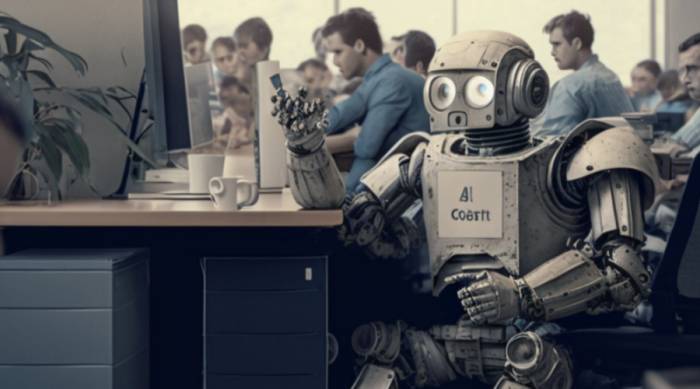In recent years, the rapid and innovative development in the field of intelligent robotics has been evident, from the early mechanical arms in manufacturing to the current advanced humanoid robots. Intelligent robotics technology has made significant strides, and an increasing number of robotic technologies have transcended traditional industrial applications, entering various fields such as healthcare, education, transportation, and entertainment. In the near future, the collaborative development with robots may be a trend for the future. So, what are the current directions for the development of robots?
Autonomous Robots
Currently, autonomous robots are already the mainstream trend in the development of future robotic technology. The ability of robots to perform tasks without human intervention will change the dynamics of many industries in the future. Autonomous robots can carry out repetitive work tasks in dangerous production environments and can work continuously at high intensity, making them an ideal alternative choice for industries such as mining, agriculture, and construction. Moreover, autonomous robot technology has made a strong entry into the transportation sector, with autonomous driving technology becoming a main selling point for many car brands.
Advertisement
According to current trends, autonomous robots will have a significant impact on our labor market, but it is believed that robots will not completely replace our workers. Instead, they will provide assistance and supplementation. Robots will take over repetitive, high-risk, and physically demanding tasks, allowing humans to focus on leading work tasks. More collaborative robots will be designed to work alongside humans, and collaborative robots will be used in industries including manufacturing, healthcare, and logistics. As collaborative robots are widely applied in production, their intelligent systems may be able to learn from human operators and make some decisions autonomously based on that in the future.
Soft Robots
Another direction for the development of robotics technology is the field of soft robots, which involves using soft and flexible materials to create biomimetic robots that can move and adapt to their surroundings. Soft robots have the potential to completely open up a new field through safer and more intimate interactions with humans. Soft robots can accomplish tasks that other robots cannot, and although this field is still in its infancy, it is believed that soft robotics technology will completely change the traditional rules of our society in the future.
Biomimetic Companion Robots
The development of biomimetic companion robots is another direction for robotics technology. These robots are designed to mimic human behaviors and emotions, providing companionship and assistance to people. They can interact with humans in a more natural and intuitive way, offering emotional support and engaging in social activities. As the technology advances, biomimetic companion robots are expected to become more integrated into our daily lives, offering personalized services and enhancing the quality of life for individuals, especially the elderly and those in need of social interaction.Medical Robots
Robotic technology is also making steady progress in the medical field. Robots have been developed for surgical operations, rehabilitation, and telemedicine. Compared to humans, medical robots can more easily improve precision, reduce recovery time, and increase the accessibility of medical services. Robots will play a key role in the future of healthcare, and surgeries that are currently impossible or too risky may increasingly be performed by robots.
Educational Robots
There are already schools and even universities implementing educational robot programs. Educational robots can reduce the high cost of education to some extent, broaden educational outreach, improve students' problem-solving abilities, and enhance creativity. However, using robots for educational purposes is not always beneficial. Traditional schooling in our society is a process of teaching by example, not only transmitting knowledge but also shaping character. Educating the next generation with cold, emotionless robots may lack emotional interaction, and the consequences of this are yet to be seen.

Artificial Intelligence
Artificial Intelligence (AI) is an important component or perhaps the ultimate goal of robotic technology. AI will enable robots to perceive their surroundings to make decisions and learn from past experiences to innovate. AI may also integrate existing technologies to achieve a leapfrog development in civilization. They can adapt better to the environment and interact more naturally with humans. With the support of AI, robots will become smarter, more flexible, and more adaptable. They may even be able to modify and upgrade themselves based on the environment they are in.
Comments